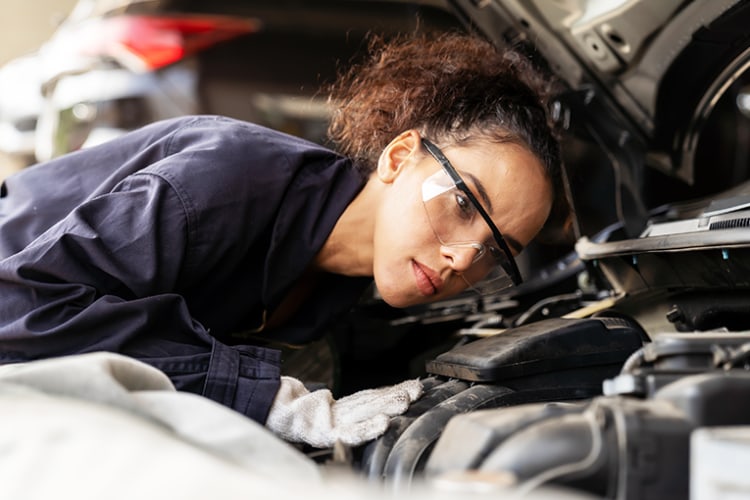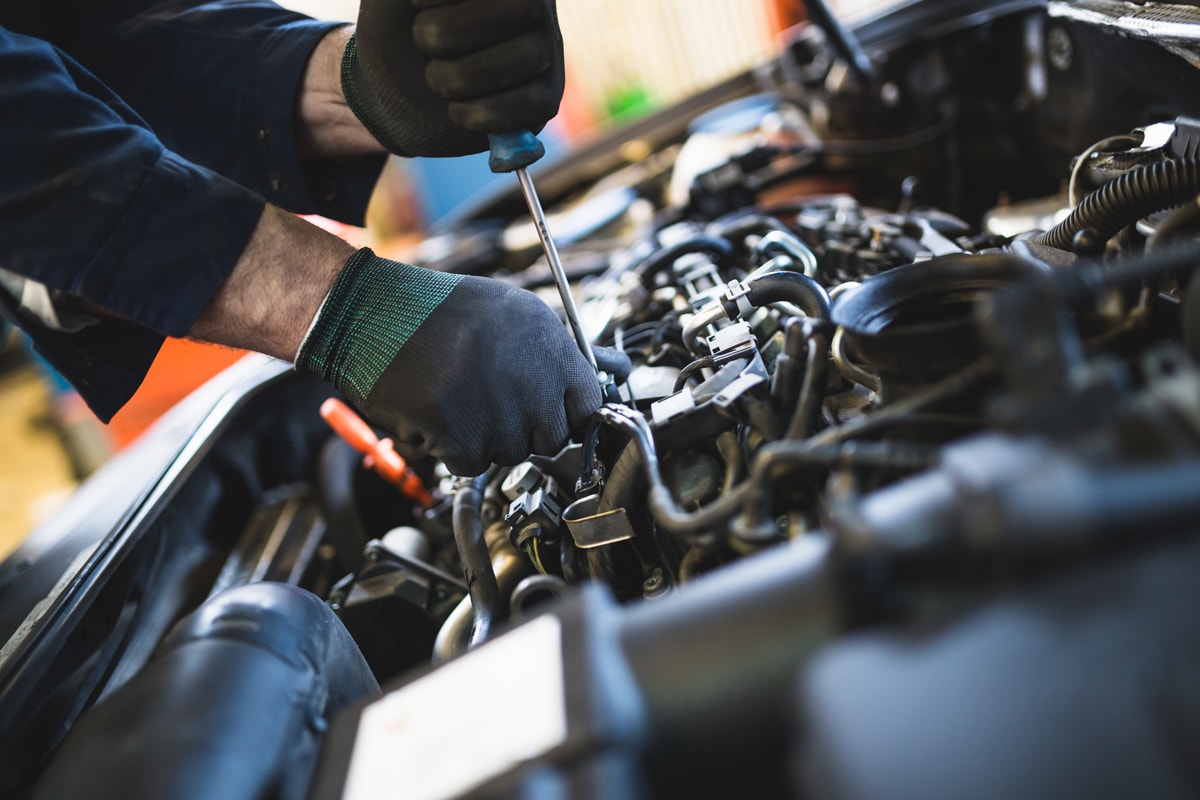All Categories
Featured
The Evolution of Automobile Repair Service: Tackling Intricate Lorry Systems

As automobile technology continues to develop, vehicle service center face the growing difficulty of servicing progressively intricate systems. Today's autos are geared up with sophisticated functions like digital control units (ECUs), driver-assistance systems, and crossbreed or electric drivetrains. To meet these needs, repair work shops should innovate and adapt their techniques, guaranteeing they have the tools and competence to take care of complex automotive repair work.
The Duty of Advanced Diagnostics. Gone are the days when auto mechanics count solely on their senses and standard devices to identify car problems. Modern vehicles are governed by onboard computer systems that manage every little thing from engine performance to security systems. Car repair shops use cutting edge analysis tools to interact with these systems. Devices like OBD-II scanners and specialized analysis software allow technicians to gain access to error codes, monitor system efficiency, and determine troubles that would or else continue to be hidden.
For instance, a malfunction in an advanced driver-assistance system (ADAS), such as lane departure warning or automatic emergency situation braking, requires accurate calibration tools to ensure appropriate feature. Without these innovative diagnostics, fixing such systems would be impossible.
Proficient Specialists Are Important. Fixing contemporary vehicles frequently needs understanding of software program programs, electrical design, and mechanical proficiency. Automobile repair service shops spend in continual training for their technicians to keep them upgraded on the latest developments in car technology.
Shops also utilize specialists for special challenges, such as crossbreed and electric car repairs. These lorries feature high-voltage systems that need advanced knowledge and safety preventative measures, making specialized training indispensable.

Collaboration with Automakers. Many service center currently work very closely with automakers to maintain speed with the quick developments in auto innovation. With these collaborations, shops access to exclusive repair service info, OEM components, and software program updates. Some also join programs like the National Automotive Service Job Pressure (NASTF), which bridges the void between independent service center and manufacturers, ensuring shops can handle the very same systems as licensed dealers.
Upgrading Tools and Facilities. Automobile repair stores are also buying their infrastructure to cater to the demands of facility systems. Dedicated job areas for calibrating sensing units, dealing with high-voltage parts, or carrying out software application updates are coming to be typical. Tools like laser-guided alignment systems, battery analysis equipment, and programs interfaces are necessary for contemporary repair services.

Customer-Focused Method. Automobile repair shops increasingly stress transparency by giving detailed explanations of diagnostics and repair work. This helps clients feel educated and positive in their repair work choices.
Conclusion. Taking care of complex automobile systems is no little job, however automobile service center are climbing to the occasion. By accepting advanced diagnostics, buying service technician training, and updating facilities, these stores ensure they remain with the ability of servicing the vehicles these days-- and tomorrow. For automobile owners, finding a service center with the ideal competence and innovation is essential to keeping their automobiles running efficiently in this age of auto technology.
Latest Posts
Learn How to Cut Costs on Car Maintenance with Montclare Auto Repair’s Special Deals
Published May 30, 25
1 min read
Uncover Cut Costs on Car Maintenance with Montclare Auto Repair’s Exclusive Deals
Published May 27, 25
1 min read
Discover WyHy FCU – Top Benefits for Your Future
Published May 24, 25
1 min read
More
Latest Posts
Learn How to Cut Costs on Car Maintenance with Montclare Auto Repair’s Special Deals
Published May 30, 25
1 min read
Uncover Cut Costs on Car Maintenance with Montclare Auto Repair’s Exclusive Deals
Published May 27, 25
1 min read
Discover WyHy FCU – Top Benefits for Your Future
Published May 24, 25
1 min read